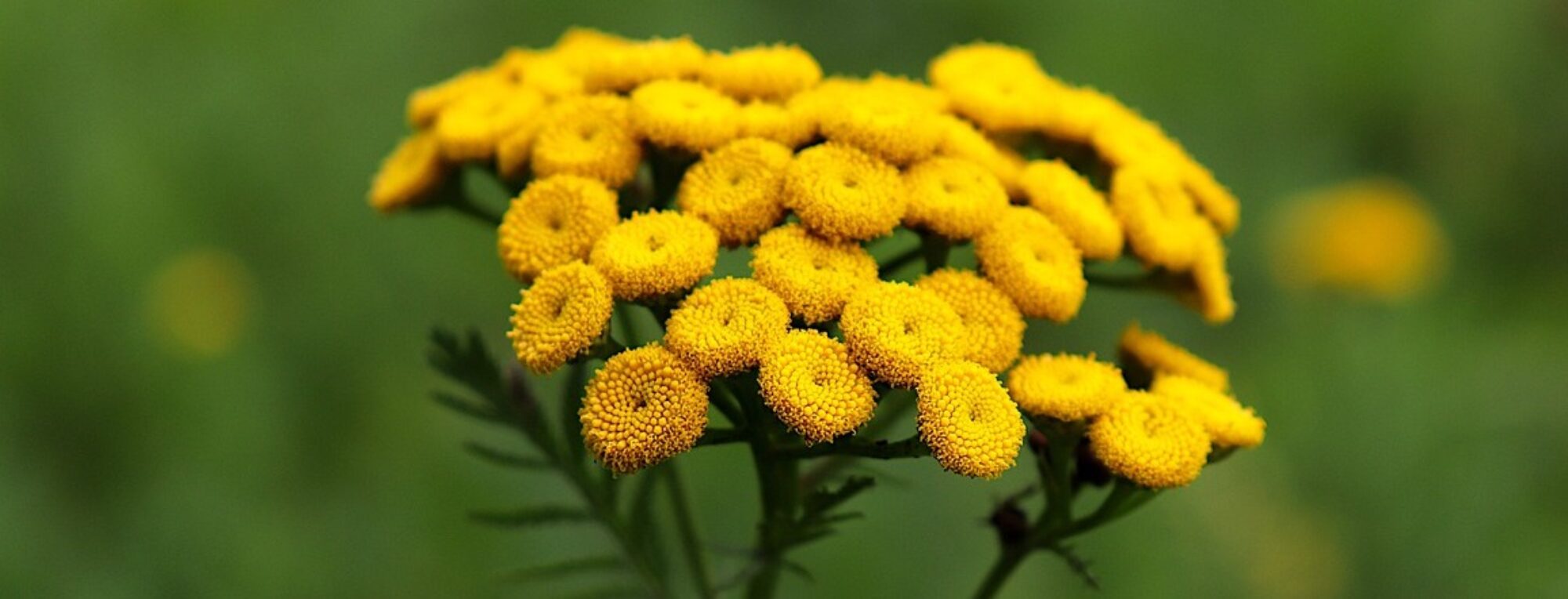
English name: Wild strawberry
Family: Rosaceae
Botanical characteristic: Perennial 10 – 30 cm tall herb with a creeping stem. The leaves are composed of three ovate leaves, arranged in a ground rosette. The flowers are white with a five-flowered corolla, arranged singly or in a corolla. The false fruit is a set of achenes (strawberry), composed of a large number of seeds.
Microscopic drawing:

Distribution: It grows on the edges of forests, on clearings, forest clearings, meadows.
Drug: Fragariae folium, F. herba, F. fructus
Harvesting method: Strawberry leaves are harvested from May to August. They are harvested by hand and with the stems, usually after the fruit has been picked.
Drying: The leaves are dried naturally in a thin layer in an airy and shady place. Artificially in a drying room where the temperature must not exceed 40 °C.
Active substances: The main constituents of strawberry include ellagic tannins, flavonoids, phenolic acid derivatives, vitamin C and traces of essential oils.
Uses: Because of its lower tannin content, strawberry is used as a mild astringent for mild diarrhea and milder inflammations of the mucous membranes of the mouth. Because the leaves of the strawberry are non-irritating, they are also commonly added to children’s teas.
Traditional method of use in indications determined solely on the basis of long-term use:
– increase urine production and excretion in urinary tract diseases,
– symptomatic treatment of mild diarrhoea.
Selected herbal preparations: AGROKARPATY STRAWBERRY ORDINARY leaf herbal tea 1×30 g, FYTO STRAWBERRY & ECHINACEA fruit-herbal tea 20×2 g, JUVAMED STRAWBERRY ORDINARY loose herbal tea 1×40 g, Sunar Soluble drink Strawberry powder 200 g, Kitl syrup 500 ml.
